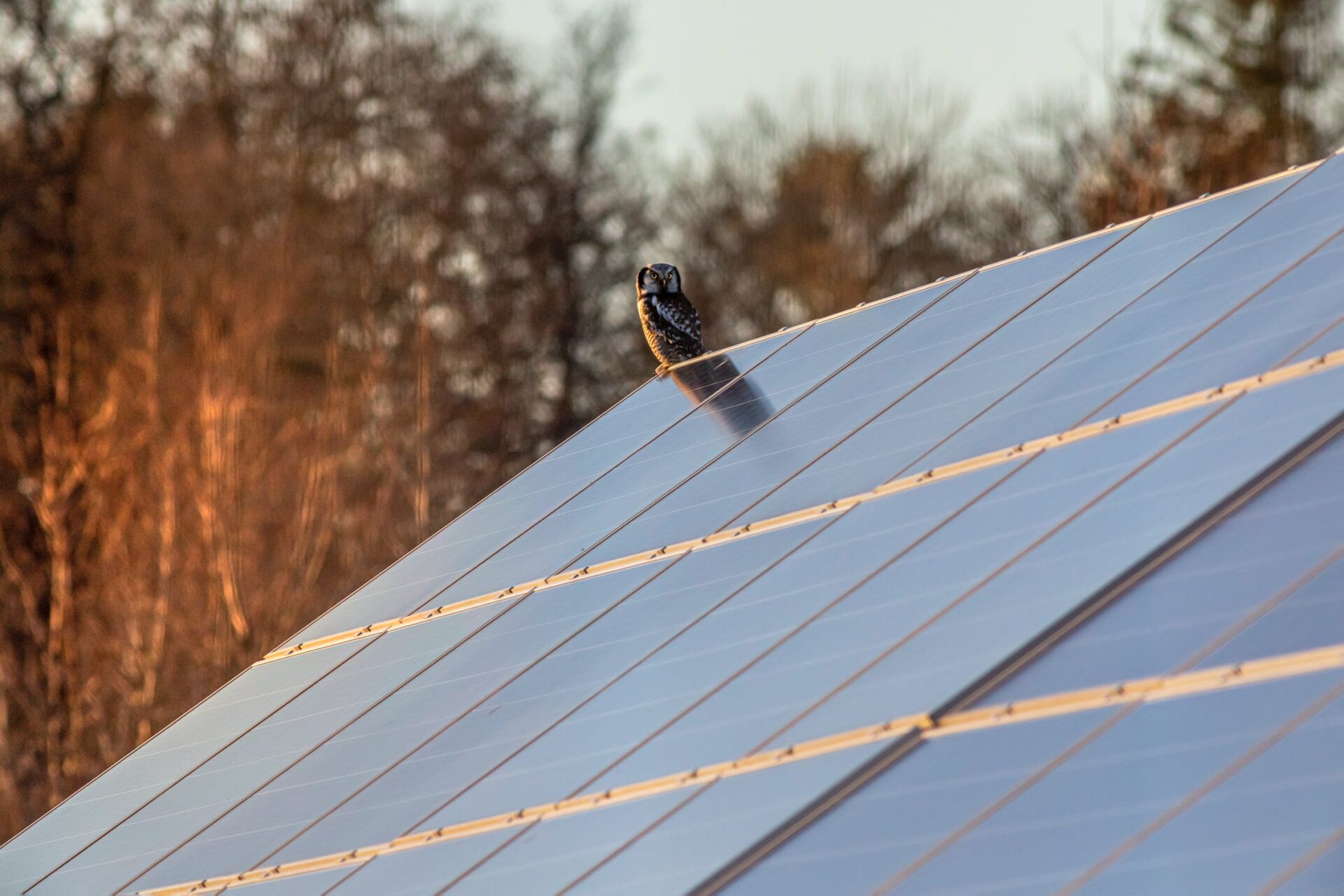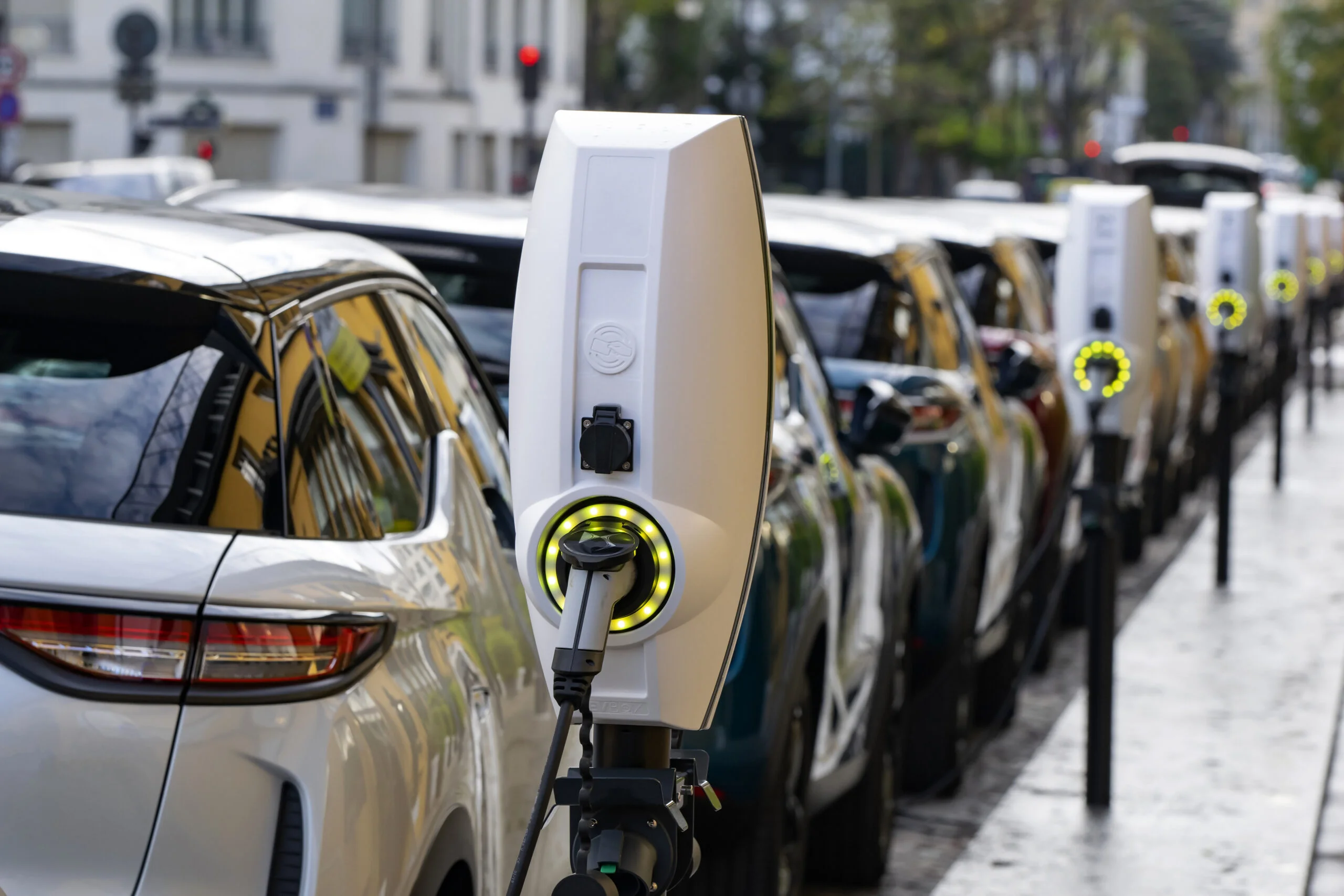The summer of 2022 has proven particularly challenging to electric utilities that have struggled to enhance grid resiliency in the face of rising temperatures, energy supply chain issues, and increased demand from worldwide electrification initiatives. EV adoption has often centered around access to charging networks to curb range anxiety, which is why President Joe Biden has worked to increase the national EV charging network with the goal of 500K charging stations in the U.S. by 2030. In fact, part of his New Standards for a National Electric Vehicle Charging Network is the ambitious goal to increase EV production to account for 50% of all vehicle sales by the same year. Between this influx of electric vehicle adoption and rising gas prices further encouraging EV adoption, utilities across the country face increasing difficulties in energy security. With electrification efforts including EVs coming spreading beyond urban areas, are rural cooperatives prepared for this paradigm shift?
What is Electrification?
Before we explore solutions to this energy security, let’s look at the principles behind global electrification initiatives. Running parallel to decarbonization efforts, electrification is simply the replacement of technologies that depend on fossil fuels with electric-powered alternatives. Although 60.8% of all energy is generated by fossil fuels in the U.S., decarbonization efforts are driving up investments in renewable energies like solar, wind, and more. Electrification helps mitigate climate change by mitigating the carbon emissions produced by fossil fuels to cleaner energy sources. Likewise, electrification efforts and adopting emerging technologies are proven priorities for electric utility customers. As far more than just personal electric vehicles are in production, coops are challenged to meet rising demand without reverting to fossil fuels.
The Electrification Market
Beyond utility regulations or global decarbonization efforts, consumers are increasingly driving the distributed energy resource (DER) and EV markets to extraordinary highs. DER market growth projections are seismic, with an expected market size valued at $580.8b by 2027 and a projected growth rate of 11.5%. As of 2021, the U.S. EV market was valued at $82.91b, including electric and hybrid vehicles. That growth is expected to rise exponentially at a 9.7% CAGR between 2022 to 2030.
All utilities should take note of these market shifts, which signal a clear move toward electrification. The industry is at an inflection point wherein business as usual is, for now, acceptable, but the picture painted here is clear: change is coming and it’s coming fast. Taken in tandem with expanding national EV charging infrastructure and prosumer-driven interest, finding an affordable distributed energy resource management system (DERMS) is crucial to developing the DER strategies every operation needs to lower member rates, increase energy security, and generate new streams of revenue.
With tight margins, cooperatives may consider starting seeking the type of DERMS that has the same low barrier to access that prosumers are experiencing with DER and EV adoption. Unlike cumbersome purpose-built platforms that take time to develop or third-party solutions that cede valuable member data away from the utility, a SaaS-model, cloud-based software solution offers an affordable gateway to utilizing the resources in your community to meet demand better.
The Value of Demand Flexibility
While electrification complicates the grid, it provides opportunities that savvy utility operators can tap into to strengthen their energy security. Demand flexibility is as the name suggests, an opportunity for utilities to use the most affordable resources during peak times to minimize energy spending AND consumption. Like demand response, which is a specific action taken to reduce overall energy use during peak demand periods, demand flexibility looks at using existing assets to strengthen the grid.
For example, Not all devices are created the same. Water heaters use an average of 20% of annual energy in a residential home. To better manage that usage, the Sacramento Municipal Utility District (SMUD) began a smart water heater pilot program aimed at shifting load times. The result is a managed program that pre-charges water heaters during off-peak hours, which saves on energy spending while improving grid resiliency. Because the water heaters are preheated and can retain that heat, members aren’t even aware when a program event was initiated. Let’s look at a few more specific examples.
Grid Resiliency
As mentioned above, energy security has taken on a much higher priority in the last few years and based on the grid energy storage market, that doesn’t look like it will change any time soon. Aside from the managed charging programs that shift energy use around to times with less need to lower spending and conserve energy during peak time, virtual power plants offer a wonderful opportunity to any community. A virtual power plant is an ad hoc combination of individual DER units useful in replacing expensive and dirty peaker plants. Virtual power plants not only help meet decarbonization goals but using excess stored solar is a renewable path to grid resilience without the energy spending that drives up member rates.
While managed charging and electrification may seem overwhelming for smaller co-op operations, there are excellent opportunities in any community. For example, agrivoltaics offer an opportunity for farmers to help utilities hit their energy needs. Agrivoltaics are an example of virtual power plants, which research suggests could only enhance economic opportunities in rural areas. Likewise, employing these tools can lower expensive infrastructure investments, by utilizing existing behind-the-meter resources incentivized by the utility to encourage member participation.
Equity & Electrification
We are at an inflection point. If we spend too much time building out infrastructure to meet load growth, that will increase costs and pass on to low moderate-income (LMI) communities that are already energy burdened. As such, the role Demand flexibility can play an extraordinary role in better utilizing the grid, both today and in the future. This is why the U.S. government has extended the federal residential solar energy tax credit to encourage further adoption, which provides a 26% tax credit to systems installed by the end of 2022, and 22% for systems installed in 2023.
Managing Electrification Conclusion
Even in the wake of the SCOTUS ruling in the State of West Virginia vs. the EPA, both the distributed energy resource (DER) and electric vehicle (EV) markets are booming, and with good reason: they’re effective. Enterprising utilities are primed to harness these resources. By utilizing DER initiatives such as virtual power plants or managed charging programs utilities can improve their grid resilience and generate fresh revenue streams. With demand flexibility programs like demand response, EV managed charging, or BYOD programs utilities can also improve member satisfaction by lowering energy spending and strengthening grid reliability.





